- PRECIOUS GEMSTONE
-
GEMSTONES
- SEMI-PRECIOUS GEMSTONES
- BIRTH STONES
- RUDRAKSHA
- PRECIOUS GEMSTONE
-
GEMSTONES
- SEMI-PRECIOUS GEMSTONES
- BIRTH STONES
- RUDRAKSHA

How to Differentiate Between a Natural and a Synthetic Emerald?
Distinguishing between natural and synthetic emeralds requires careful examination, often with specialized equipment and expertise. Here are some common techniques used:
-
Observation
Natural emeralds typically have inclusions and imperfections, whereas synthetic emeralds may have fewer or different types of inclusions. However, this method alone is not definitive, as some synthetic emeralds are designed to mimic natural inclusions. -
Refractive Index
Natural emeralds have a refractive index ranging from approximately 1.565 to 1.602, which can be measured using a refractometer. Synthetic emeralds may have slightly different refractive indices due to variations in their manufacturing process. -
Magnification
Examining an emerald under magnification can reveal unique growth patterns and internal characteristics that help distinguish between natural and synthetic stones. -
Synthetic Growth Features
Synthetic emeralds are often produced using methods like the hydrothermal or flux process. These techniques leave distinct growth patterns and inclusions that can be identified under magnification or with specialized equipment. -
Laboratory Testing
The most reliable way to determine whether an emerald is natural or synthetic is through gemological laboratory testing. Experts use advanced instruments and multiple tests to verify a gemstone’s origin with certainty.
While no single method is foolproof, combining several techniques increases accuracy when distinguishing between natural and synthetic emeralds.
My Account
Contact Info
- Address: 28, 7th Street, Tatabad, Coimbatore, Tamil Nadu - 641012, India.
- Phone: +91 7264 999 000
- Email: eloragems@gmail.com
 Blue Sapphire (Neelam)
Blue Sapphire (Neelam) 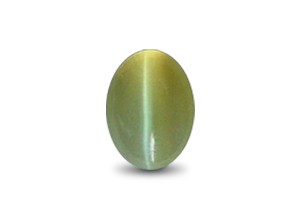 Cats Eye (Vaiduryam)
Cats Eye (Vaiduryam)  Emerald (Maragadham)
Emerald (Maragadham)  Hessonite (Gomed)
Hessonite (Gomed) 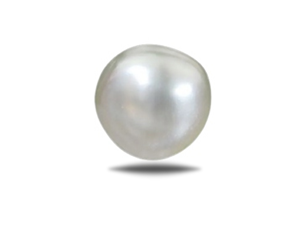 Pearl (Muthu)
Pearl (Muthu)  Red Coral (Pavalam)
Red Coral (Pavalam)  Ruby (Manik)
Ruby (Manik)  Yellow Sapphire (Pushparag)
Yellow Sapphire (Pushparag) 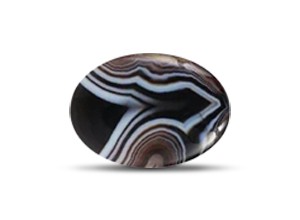 Agate
Agate  Amber
Amber  Amethyst
Amethyst 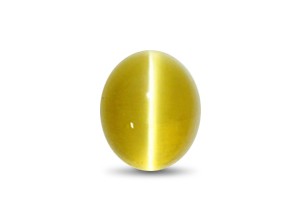 Apatite Cat's Eye
Apatite Cat's Eye  Aquamarine
Aquamarine  Aventurine
Aventurine  Azurite
Azurite  Black Tourmaline
Black Tourmaline  Bloodstone
Bloodstone  Blue Topaz
Blue Topaz  Carnelian
Carnelian  Chalcedony
Chalcedony  Alexandrite
Alexandrite 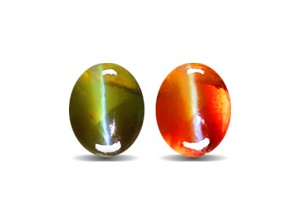 Alexandrite Cats Eye
Alexandrite Cats Eye  Carving Gem Stones
Carving Gem Stones  Padparadscha Sapphire
Padparadscha Sapphire  Tanzanite
Tanzanite 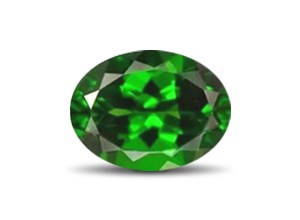 Green Sapphire
Green Sapphire  Navratna
Navratna  Pink Sapphire
Pink Sapphire  Pitambari Neelam
Pitambari Neelam  Sapphire
Sapphire  Star Ruby
Star Ruby 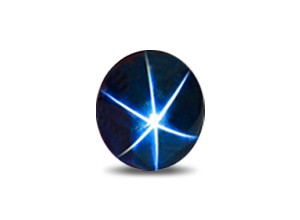 Star Sapphire
Star Sapphire 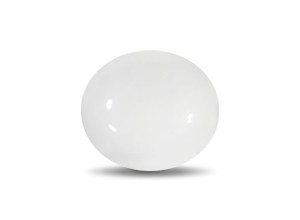 White Coral
White Coral  White Sapphire
White Sapphire  January Birthstone
January Birthstone  August Birthstone
August Birthstone 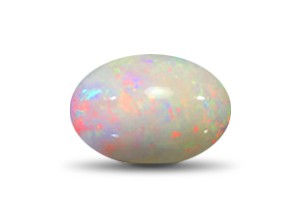 October Birthstone
October Birthstone 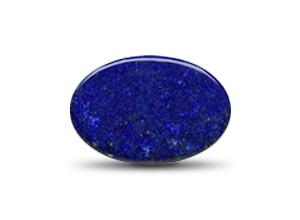 December Birthstone
December Birthstone  1 Mukhi Rudraksha
1 Mukhi Rudraksha  2 Mukhi Rudraksha
2 Mukhi Rudraksha  3 Mukhi Rudraksha
3 Mukhi Rudraksha  4 Mukhi Rudraksha
4 Mukhi Rudraksha  5 Mukhi Rudraksha
5 Mukhi Rudraksha  6 Mukhi Rudraksha
6 Mukhi Rudraksha  7 Mukhi Rudraksha
7 Mukhi Rudraksha  8 Mukhi Rudraksha
8 Mukhi Rudraksha  9 Mukhi Rudraksha
9 Mukhi Rudraksha  10 Mukhi Rudraksha
10 Mukhi Rudraksha  11 Mukhi Rudraksha
11 Mukhi Rudraksha  12 Mukhi Rudraksha
12 Mukhi Rudraksha 
